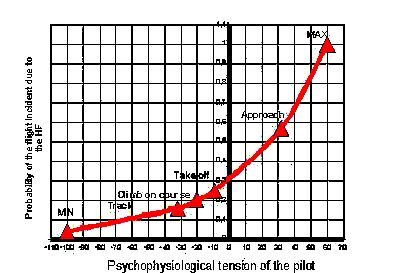
A behavioral theory of operator activity
V.V. Gorbunov
ANTONOV Aeronautic Scientific-Technical Complex, Kiev, Ukraine
Based on the theories of systems and functional systems, a theory of operator activity has been developed to quantitatively describe the working processes of a man-operator (MO) in a man-machine system (SMM). It also considers the functional efficiency of the whole system from a human factors (HF) perspective.
The theory contains primary and secondary concepts, axiomatic statements and logical consequences, allowing the operator's psychophysiological parameters to be selected and assessed. Algorithms can be created to calculate the numerical values of behavioral characteristics, such as the operator's biological condition and the emotional and motivational components of his behavior. With the help of these components, and by determining the successful functioning of an SMM, it has been possible to quantify such psychophysiological criteria as difficulty, MO work intensity and SMM reliability, using HF positions.
The basic structures underlying this theory have been validated in both laboratory investigations (modelling the conditions of processing increasing volumes of visual information into control actions under time pressure) and in flight experiments. The levels of pilot difficulty experienced during different stages of the flight can be related to data regarding the psychophysiological tension of the pilot during his performance. There is an exponential relationship between the probability of HF-induced flight incidents and the level of pilot difficulty experienced during the flight (Figure 1). This highlights the potentially dangerous effect of the pilot's psychophysiological condition on flight safety.

Figure 1. Dependence between the probability of a flight incident due to human factors (HF) and the psycophysiological tension of the pilot.
These results give us the confidence to apply this relationship when developing new "ANONOV" planes. We can now take into account the optimality of technical decisions based on psychophysiological measurement, in addition to the professional standard of the pilot and degree of flight safety, from an HF perspective. This applies at all stages of the process, from research training, through flight test preparation, to flights themselves.
Paper presented at Measuring Behavior 2002 , 4th International Conference on Methods and Techniques in Behavioral Research, 27-30 August 2002, Amsterdam, The Netherlands